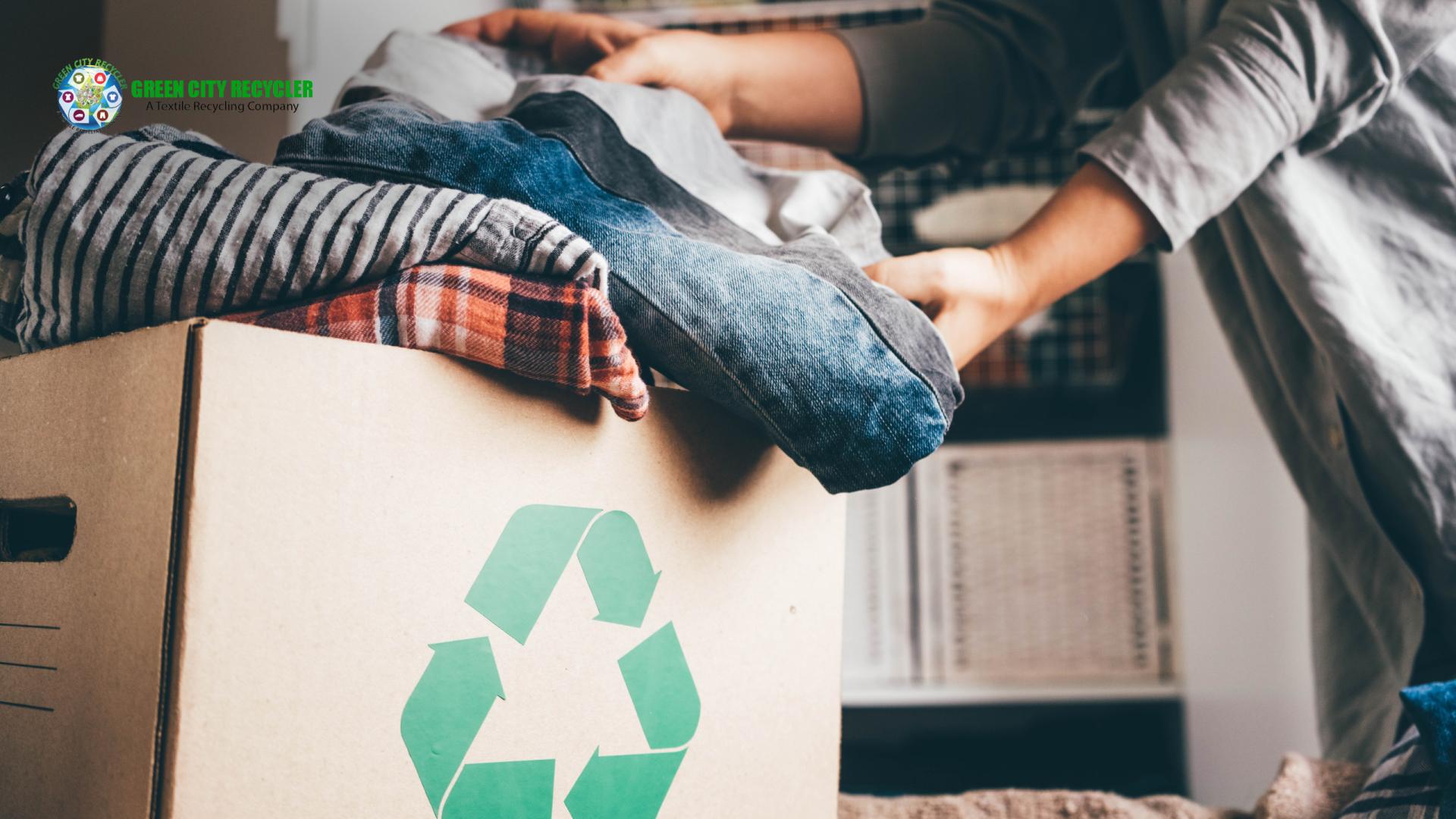Textile recycling plays a vital role in reducing the environmental impact of discarded fabrics. As we continue to consume more goods than ever, our society has generated an alarming amount of textile waste, much of which ends up in landfills. By embracing textile recycling, we can significantly decrease waste, conserve resources, and support sustainable practices for future generations.
What Is Textile Recycling?
Textile recycling involves the process of collecting unwanted clothes, fabrics, and other textiles and transforming them into new products. Instead of these materials being discarded and sitting in landfills, recycling helps repurpose them into usable goods. This process not only prevents waste but also saves on the raw materials required for the production of new textiles.
The Environmental Benefits of Recycling Textiles
Recycling textiles offers several environmental benefits, primarily by reducing the overall volume of waste. According to recent studies, millions of tons of clothing are discarded every year, much of which is made from synthetic fibers that take hundreds of years to decompose. By recycling these materials, we can divert a significant portion of this waste from landfills, reducing pollution and the environmental burden.
How Textile Recycling Helps Conserve Natural Resources
In addition to reducing waste, textile recycling also helps conserve natural resources. The production of new textiles often requires large amounts of water, energy, and raw materials. By recycling textiles, we lessen the demand for these resources, ultimately reducing the carbon footprint associated with textile production and minimizing the use of virgin materials.
Textile Recycling Creates Jobs and Reduces Emissions
Recycling textiles has the potential to create jobs in the recycling and manufacturing industries. From sorting and processing textiles to designing new products, many sectors benefit from textile recycling. Moreover, it plays a key role in reducing greenhouse gas emissions. The textile industry is one of the largest contributors to global carbon emissions. By recycling textiles instead of producing new ones, we can significantly reduce these harmful emissions.
How You Can Participate in Textile Recycling
Participating in textile recycling is easier than ever. Many recycling centers and organizations offer convenient drop-off locations for old clothes and fabrics. Some even offer incentives for donating unwanted items, which can further promote the recycling process. By simply cleaning and sorting textiles before donation, you can make a tangible impact on reducing waste.
Community Impact of Textile Recycling Programs
In communities where textile recycling programs are actively promoted, the impact can be profound. These programs help reduce landfill waste and educate the public on the benefits of recycling. Over time, they can foster a shift in consumer habits, encouraging individuals to purchase fewer items, reuse materials, and focus on sustainability in their daily lives.
Promoting the Circular Economy Through Textile Recycling
Textile recycling contributes to the circular economy, a system where products and materials are continually reused, reducing the need for new raw materials. By recycling textiles, we help close the loop on fabric production and consumption. This circular model is essential for creating a sustainable future, where waste is minimized, and resources are conserved.
Steps to Properly Recycle Textiles
To ensure textiles are properly recycled, it's important to follow a few simple steps. First, sort and clean your fabrics before donating or recycling them. This ensures the materials are in good condition and can be effectively repurposed. Second, don’t discard items that are still in usable condition. Donate gently used clothing to local thrift stores or charities, allowing them to be reused before recycling.
How Businesses Can Contribute to Textile Recycling
Businesses can also play a significant role in promoting textile recycling. Retailers and manufacturers can incorporate sustainable practices into their operations, such as designing clothing with recycled materials or offering take-back programs where customers can return old items for recycling. By adopting these practices, companies contribute to a more sustainable supply chain and help raise awareness about textile recycling.
The Role of Sustainable Fashion in Textile Recycling
Sustainable fashion is becoming an increasingly important part of the textile recycling movement. Many designers and brands now use recycled fabrics in their collections, further driving demand for textiles that can be reused or repurposed. As the industry continues to prioritize sustainability, we can expect even more innovations that support textile recycling and promote ethical manufacturing practices.
Conclusion: The Future of Textile Recycling and Sustainability
In conclusion, textile recycling is a simple yet powerful way to combat the growing problem of waste in our society. By recycling textiles, we can conserve resources, reduce landfill waste, and minimize the carbon footprint associated with fabric production. Whether you're an individual or a business, there are numerous ways to participate in textile recycling and make a positive impact. As we continue to adopt sustainable practices, we can create a cleaner, greener future for generations to come.



